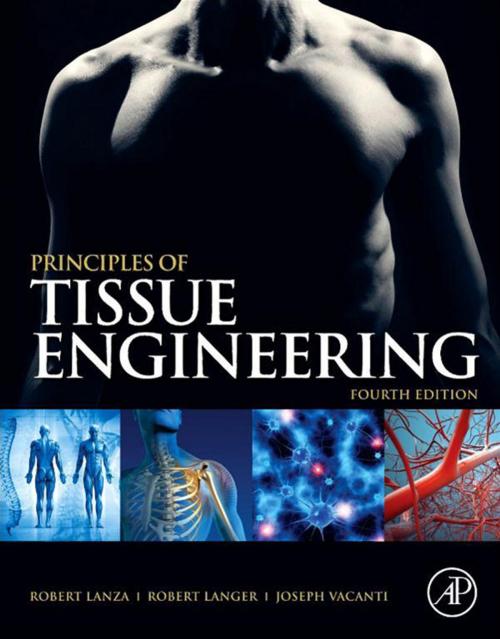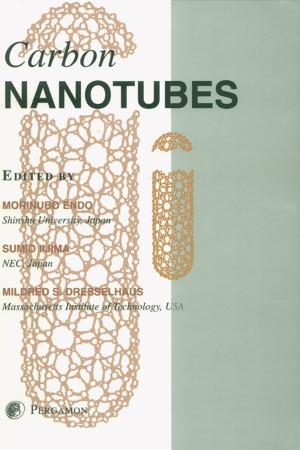Principles of Tissue Engineering
Nonfiction, Science & Nature, Science, Biological Sciences, Cytology, Technology, Engineering, Health & Well Being, Medical| Author: | ISBN: | 9780123983701 | |
| Publisher: | Elsevier Science | Publication: | October 17, 2013 |
| Imprint: | Academic Press | Language: | English |
| Author: | |
| ISBN: | 9780123983701 |
| Publisher: | Elsevier Science |
| Publication: | October 17, 2013 |
| Imprint: | Academic Press |
| Language: | English |
Now in its fourth edition, Principles of Tissue Engineering has been the definite resource in the field of tissue engineering for more than a decade. The fourth edition provides an update on this rapidly progressing field, combining the prerequisites for a general understanding of tissue growth and development, the tools and theoretical information needed to design tissues and organs, as well as a presentation by the world’s experts of what is currently known about each specific organ system. As in previous editions, this book creates a comprehensive work that strikes a balance among the diversity of subjects that are related to tissue engineering, including biology, chemistry, material science, and engineering, among others, while also emphasizing those research areas that are likely to be of clinical value in the future.
This edition includes greatly expanded focus on stem cells, including induced pluripotent stem (iPS) cells, stem cell niches, and blood components from stem cells. This research has already produced applications in disease modeling, toxicity testing, drug development, and clinical therapies. This up-to-date coverage of stem cell biology and other emerging technologies –such as brain-machine interfaces for controlling bionics and neuroprostheses– is complemented by a series of new and updated chapters on recent clinical experience in applying tissue engineering, as well as a new section on the application of tissue-engineering techniques for food production. The result is a comprehensive textbook that will be useful to students and experts alike.
- Includes new chapters on biomaterial-protein interactions, nanocomposite and three-dimensional scaffolds, skin substitutes, spinal cord, vision enhancement, and heart valves
- Offers expanded coverage of adult and embryonic stem cells of the cardiovascular, hematopoietic, musculoskeletal, nervous, and other organ systems
- Full-color presentation throughout
Now in its fourth edition, Principles of Tissue Engineering has been the definite resource in the field of tissue engineering for more than a decade. The fourth edition provides an update on this rapidly progressing field, combining the prerequisites for a general understanding of tissue growth and development, the tools and theoretical information needed to design tissues and organs, as well as a presentation by the world’s experts of what is currently known about each specific organ system. As in previous editions, this book creates a comprehensive work that strikes a balance among the diversity of subjects that are related to tissue engineering, including biology, chemistry, material science, and engineering, among others, while also emphasizing those research areas that are likely to be of clinical value in the future.
This edition includes greatly expanded focus on stem cells, including induced pluripotent stem (iPS) cells, stem cell niches, and blood components from stem cells. This research has already produced applications in disease modeling, toxicity testing, drug development, and clinical therapies. This up-to-date coverage of stem cell biology and other emerging technologies –such as brain-machine interfaces for controlling bionics and neuroprostheses– is complemented by a series of new and updated chapters on recent clinical experience in applying tissue engineering, as well as a new section on the application of tissue-engineering techniques for food production. The result is a comprehensive textbook that will be useful to students and experts alike.
- Includes new chapters on biomaterial-protein interactions, nanocomposite and three-dimensional scaffolds, skin substitutes, spinal cord, vision enhancement, and heart valves
- Offers expanded coverage of adult and embryonic stem cells of the cardiovascular, hematopoietic, musculoskeletal, nervous, and other organ systems
- Full-color presentation throughout















